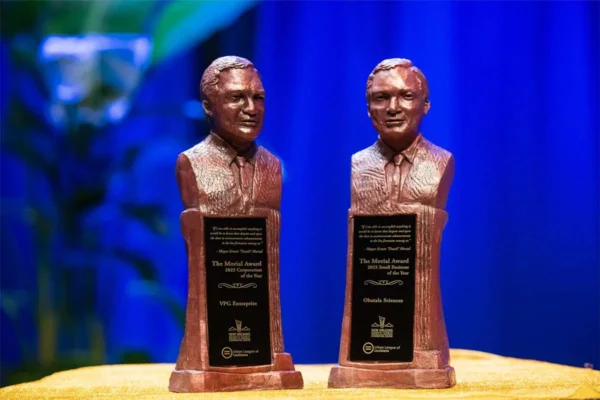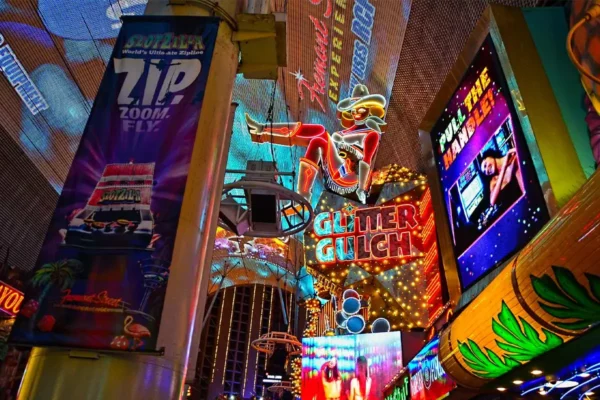by Amadeus Findlay
Close your eyes. Take a moment and escape the day. Now listen intently; search for something to tune into. As you listen, think about what you see in your mind’s eye. Does it match the reality of what you are hearing, or have you, behind closed eyes, conjured a tangential image? Keep looking at it, remember it; because the fact that you are able to do so speaks to the deeply influential and limitless provocative nature of sound. Sound gets you right in the heart. It causes the brain to create vistas and emotions. Just think about the power of music. Just think about what you just experienced.
Communication, whatever the industry, is about conveying a message with the appropriate emotional tone, and sound is one of the most effective ways of getting a message across. After all, keynote speakers can captivate a room with just their mouth, lungs and larynx. But that’s a limited audience, and brands need to speak to millions, if not billions. Video marketing is the most popular form of communication on the planet and is one the best ways to get in front of your audience. Yet without audio, it is all but useless. Worse still are videos that have sound but were produced poorly. The ear leads the eye, and if the aural experience is lacking, the visual will always suffer, no matter how well shot.
Permit me another moment of zen. Close your eyes and imagine yourself on a busy show floor in Vegas. What do you hear? Hustle, bustle, excitement. Conversations about the latest and greatest, maybe music, maybe sound effects. Now imagine you’re shooting a marketing video at your beautiful custom exhibit (complete with all the coolest new ideas), only to get back to the office discover that the audio track behind your conversation with an influencer or thought leader sounds like words in a blender. Why? Cameras are not audio tools.
Audio recording is a particular art in its own right. Professionals spend entire careers perfecting the skill, but audio can be managed in house. Step one: select a recorder. There are many contenders in the market, but Zoom and Tascam have spent the past decade battling it out to be the premier “everyman, but really good” recording device, and both merit the claim. Whichever one of the two brands you decide to go with, ensure that the particular model has inputs for XLR and 3.5mm aux cables, but more on that later.
Step two: Microphones come in all shapes and sizes, and have a variety of purposes. However, unless you are planning to go Hollywood, there are just three mics you should have. First-up; lavaliers. Named after an item of jewelry, lavaliers are the little bugs that sit on the lapels of news readers and capture localized audio (such as an influencer on a tradeshow floor). These can either be radio transmitted (more difficult), or direct input with a 3.5 aux cable (preferable). Direct input is easy to work with, but the cable should be a decent length for ease of use.
Next, get a handheld mic, AKA the classic stick with a muff on top. These are great for on-the-spot interviews, can be used immediately (unlike a lavalier, which requires application) and captures sound in a way that allows the audience to also get a sense of what’s happening in the background. Finally, if you want to go all in and make a step towards production quality, grab a shotgun condenser mic (complete with deadcat protector; the grey fluff you see on mics). Shotgun condensers are great for capturing audio in a controlled setting where you want controlled ambient noise layered beneath the main focus, but can also be used for rich tones such as voiceovers (such as podcasts). And get a boom pole while you’re at it; that way you can attach the condenser to the end of the pole and suspend it above whatever is being recorded.
Now that the audio is safely recorded, it’s time to mix it. Audacity is an exceptional free mixing software that can do just about anything. Once the sound files are mixed, match them with the corresponding video in Adobe Premiere by stacking the relative audio and video tracks, selecting both (including the camera scratch audio), right clicking and selecting “Synchronize.” Then, unlink the video and scratch tracks, delete the scratch, and link the remaining files. Voila, beautiful sound and beautiful video.
Why is sound so important? Perhaps it comes down to the old adage; we are born with two ears and one mouth, so do twice as much listening as you do talking.
Having worked with Groupon, IBM, Nordea, and others, Amadeus Finlay is a global connector of people and brands. He has extensive experience in professional copywriting, social media and script-to-screen video production, including on-camera hosting. A graduate of the University of Edinburgh in Scotland, he holds a Master’s degree in American History. Connect with him at https://www.linkedin.com/in/amadeusfinlay/






























